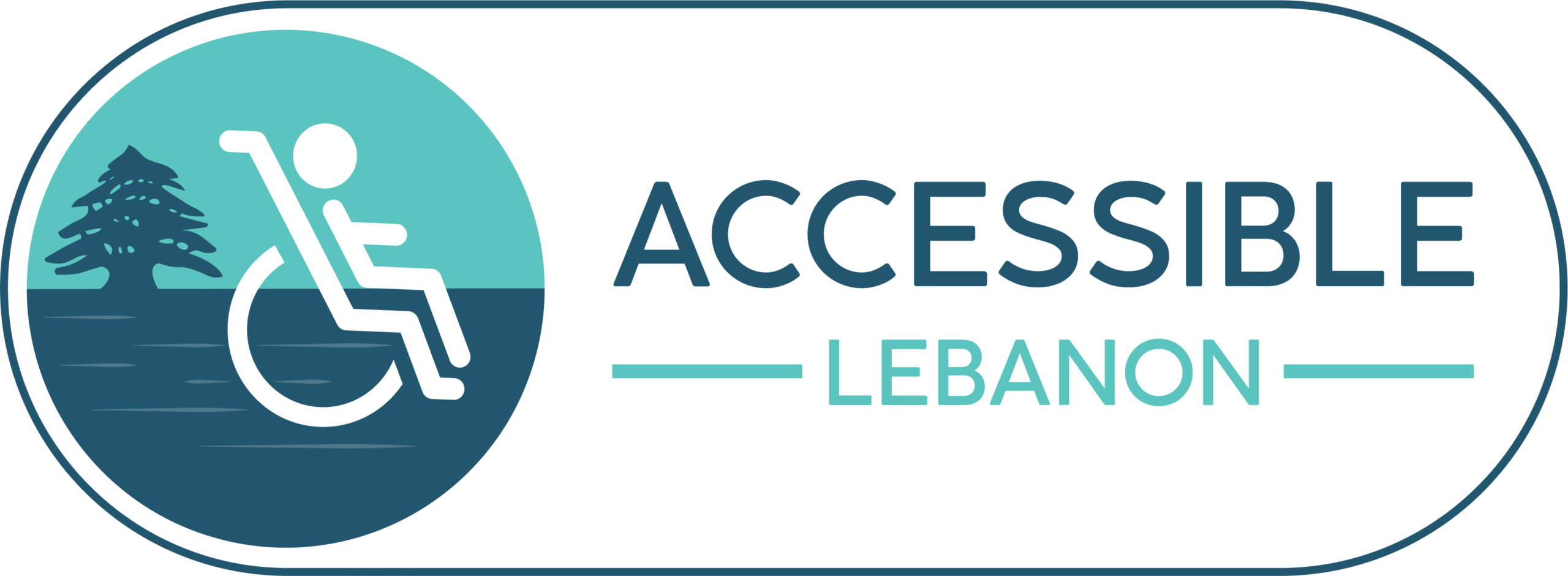
DISABILITY ETIQUETTE, How To Respect Disabled Individuals
Disability Etiquette: How to Respect People with Disabilities
Imagine walking into a coffee shop and seeing a person using a wheelchair struggling to reach the counter. You instinctively want to help, but you pause—should you offer assistance or wait for them to ask? Understanding disability etiquette can help navigate such situations with empathy and respect. Or imagine you’re in a bustling café in Beirut, savoring your favorite coffee blend. The air is filled with the rich aroma of fresh brews, and the sound of lively chatter surrounds you. At the table next to you, a person with a disability is engaged in conversation with friends, their laughter ringing out just as brightly as everyone else’s. This scene is a testament to how inclusive our society can be. But creating such an inclusive environment starts with understanding and respecting disability etiquette. Disability etiquette isn’t just about being polite; it’s about creating a culture of empathy, treating disabled people with dignity fosters understanding and connection, an environment where everyone feels valued and respected. Here are essential guidelines to ensure respectful and thoughtful interactions.
1. Ask Before Assisting
Offering help is a kind gesture, but it’s important to remember that people with disabilities often value their independence. Before you jump in to assist, always ask first. A simple “May I help you?” allows the person to retain their autonomy and choose whether they need assistance. They might have a specific way they prefer to do things, and unsolicited help can sometimes be more hindering than helpful.
2. Use Person-First Language
Language shapes our perceptions. Using person-first language means putting the person before their disability. Instead of saying “a disabled person,” say “a person with a disability.” This subtle shift emphasizes their identity as a person first, rather than defining them by their disability. It’s a reminder that they are people with their own unique experiences, abilities, and personalities.
3. Speak Directly, Not Through a Companion
When conversing with someone who has a disability, especially if they have a companion or interpreter, always address them directly. For example, when speaking to someone who is deaf and uses an interpreter, look at the person you are speaking to, not the interpreter. This shows respect and acknowledges their presence and autonomy.
4. Respect Personal Space and Assistive Devices
Assistive devices like wheelchairs, canes, and service animals are extensions of the person using them. These tools are essential for their mobility and independence. Avoid touching, leaning on, or moving these devices without permission. Similarly, respect their personal space just as you would with anyone else. Invading their personal space can be intrusive and uncomfortable.
5. Be Patient and Listen
Communication can sometimes require a bit more patience. If someone has a speech impairment or uses an alternative communication method, take the time to listen and understand. Don’t finish their sentences or speak over them. Instead, be patient and give them the time they need to express themselves. This can go a long way in making them feel respected and heard.
6. Don’t Assume or Stereotype
Everyone’s experience with disability is unique. Avoid making assumptions about what someone can or cannot do. Stereotyping can be limiting and disrespectful. Instead, let individuals express their abilities and needs. For instance, not all wheelchair users need help navigating ramps, and not all people with visual impairments need help crossing the street. It’s always best to ask and listen.
7. Educate Yourself and Others
Taking the time to learn about different disabilities and proper etiquette can go a long way. Educate yourself by reading, attending workshops, or listening to people with disabilities share their experiences. Share this knowledge with others to help create a more inclusive society. Websites like Accessible Lebanon can be excellent resources for information and guidance.
8. Promote Accessibility
Advocate for and implement accessibility features in public and private spaces. This includes ramps, elevators, tactile signage, and accessible restrooms. Ensuring that spaces are navigable for everyone is a significant step towards inclusion. Promoting accessibility is not just about physical spaces but also about ensuring websites, events, and services are accessible to people with disabilities.
9. Be Inclusive in Social and Work Settings
Inclusion goes beyond physical accessibility. Ensure that social and work environments are welcoming to people with disabilities. This can involve making accommodations for meetings, events, and everyday interactions. For example, provide materials in accessible formats, use inclusive language, and make sure that events are held in accessible locations.
10. Acknowledge Mistakes and Learn
We’re all learning. If you make a mistake or say something inappropriate, apologize, and learn from it. Showing that you are committed to improving is often appreciated and respected. It’s important to be open to feedback and willing to make changes to your behavior.
Conclusion
Respecting disability etiquette is about recognizing and honoring the dignity of all individuals. By being mindful of these guidelines, we can help build a society where everyone feels valued and included.
Let’s take these steps together to make Lebanon a shining example of accessibility and respect, because each small act of kindness, understanding, and respect can contribute to a bigger change.
